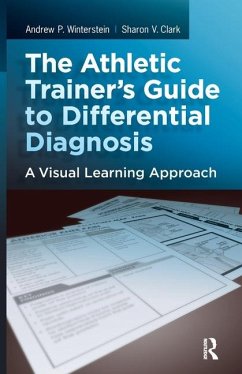
The Skeptical Professional's Guide to Psychiatry
On the Risks and Benefits of Antipsychotics, Antidepressants, Psychiatric Diagnoses, and Neuromania
Versandkostenfrei!
Versandfertig in 1-2 Wochen
162,99 €
inkl. MwSt.
Weitere Ausgaben:

PAYBACK Punkte
81 °P sammeln!
This text critically examines the shortcomings of psychiatry, the flawed development of the diagnostic system, including the DSM-5, and the failure to advance the effectiveness of antipsychotics and antidepressants.








![A Guide to the Mental Deficiency Act, 1913 [electronic Resource]: Containing a Legal and General Exposition of the Act, With Suggestions to Local Auth Cover A Guide to the Mental Deficiency Act, 1913 [electronic Resource]: Containing a Legal and General Exposition of the Act, With Suggestions to Local Auth](https://bilder.buecher.de/produkte/65/65516/65516128n.jpg)




